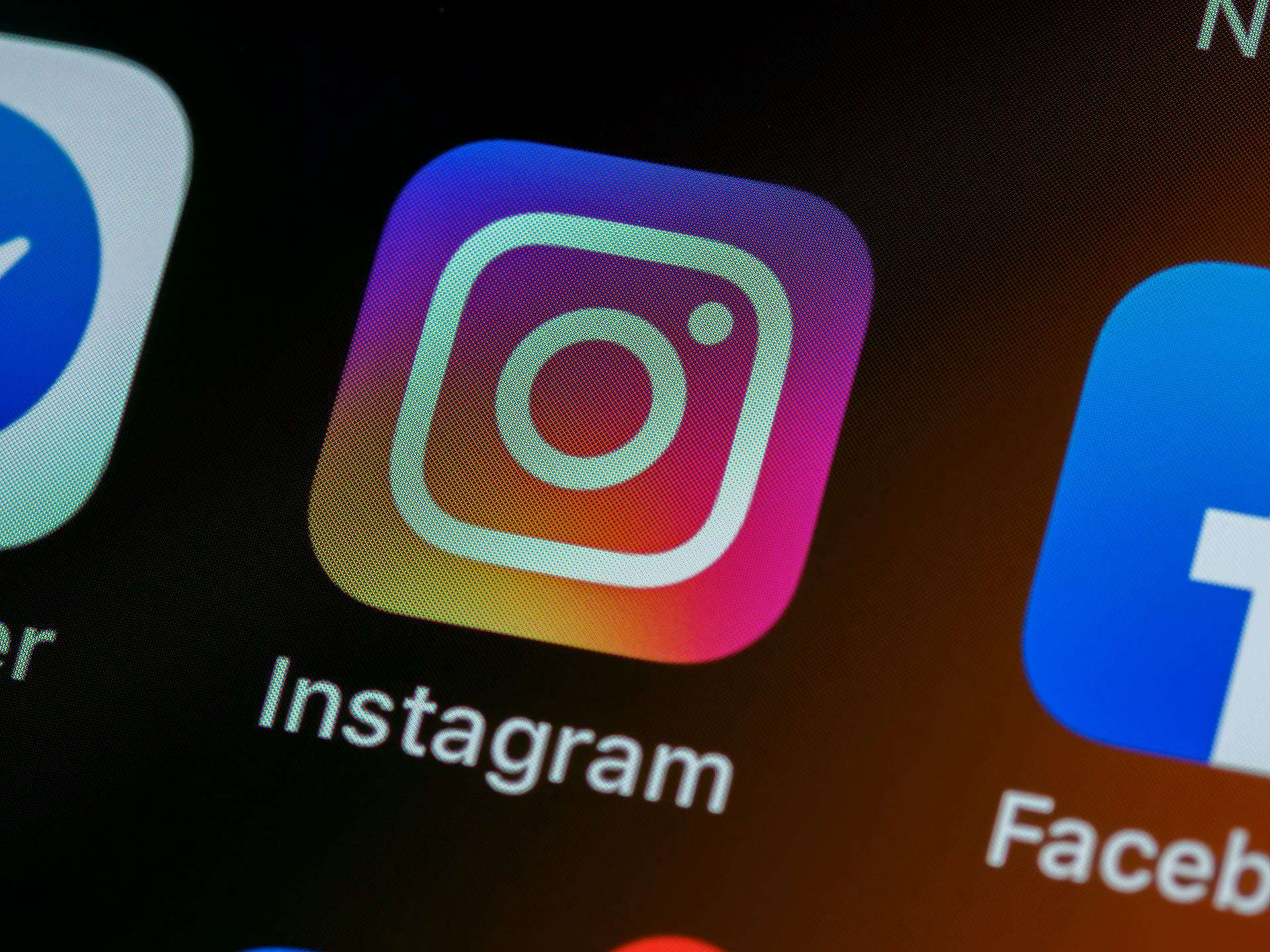The rapid development of artificial intelligence (AI) has sparked both excitement and unease. While its potential is undeniable, concerns regarding data privacy and ownership are coming to the forefront. This is particularly true for artists, whose creative works are increasingly being used to train AI models, raising questions about intellectual property and artistic control. Discover why artists are migrating from Instagram to Cara, an AI-free platform prioritizing user privacy and content ownership.
The Rise of Cara: A Shift in the Art World and Concerns Over AI Data Usage

One such instance involves t, the parent company of Instagram. Their use of user-generated content to train AI systems has caused a backlash from artists. This discontent has led to a significant migration to a new platform called Cara.
Cara: An AI-Free Haven for Artists
Cara is a social networking application specifically designed for creators. It offers a safe space for artists to share their work, connect with other creators, and showcase their talents. Unlike platforms like Instagram, Cara prioritizes user privacy and content ownership. The platform explicitly prohibits the training of AI models on user-generated content. This stance has resonated with artists wary of their work being used without consent.
Cara’s user base has seen a meteoric rise in recent weeks, surging from 100,000 to 300,000 within a few days and reaching the top of app store charts. This explosive growth reflects the growing discontent among artists with how their work is in use by large tech companies.
Protecting Artists’ Works from AI Mimicry
Beyond simply prohibiting AI training, Cara proactively safeguards user content. The platform utilizes a tool called Cara Glaze, developed by the University of Chicago’s SAND Lab. Glaze employs machine learning to subtly alter uploaded artworks in ways imperceptible to the human eye. These alterations make it difficult for AI models to accurately mimic the artistic style, further protecting artists’ originality.
Additionally, Cara plans to introduce another protection tool called Nightshade. This tool embeds invisible watermarks within artworks, further obfuscating the content and hindering AI’s ability to understand and replicate it.
Ethical Concerns Regarding AI Training Data
Meta’s use of user content for AI training raises critical questions about data privacy and intellectual property. Many argue that it is unethical to utilize user-generated content without explicit consent, especially when such content could be used to create derivative works or compete with the original artists. This issue highlights the need for clearer regulations and data governance frameworks around how AI models are trained and the data sources utilized.
Moving Forward: A Collaborative Approach
The rise of Cara signifies a growing concern among Instagram artists regarding the use of their work in AI development. It also underscores the desire for platforms that prioritize artist ownership and control. However, it’s important to acknowledge the potential benefits of AI in the art world. AI tools can be in use to assist artists in various creative processes, pushing boundaries and fostering innovation.
The ideal scenario lies in fostering collaboration. AI developers should strive for more transparent data collection practices, ensuring artists are aware of how their work might be used and compensated accordingly. Artists, on the other hand, can embrace the potential of AI as a creative tool while advocating for their rights and ensuring that no one exploits their works.
Ultimately, the relationship between artists and AI requires a nuanced approach. Platforms like Cara offer a safe haven for creators who prioritize complete control over their work. Yet, AI has the potential to be a powerful tool for artistic exploration when used ethically and collaboratively. Moving forward, it is crucial to establish clear guidelines and regulations around data usage in AI development, ensuring a future where both artists and AI can thrive together.





